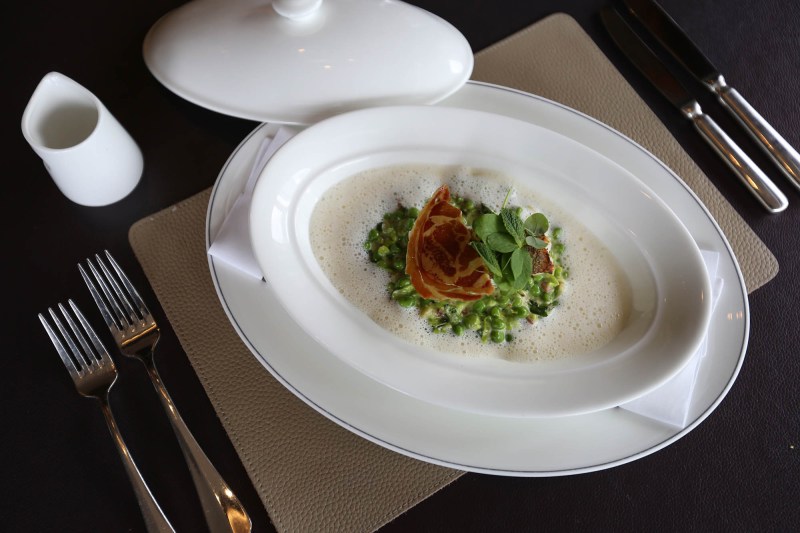
There is no doubt that butter makes everything better. You can spread it on bread, include it in baked goods, and you can make sauces out of it in a matter of minutes. A lot of dishes are finished with butter right before they head out to the customer. Butter lends a rich and velvety flavor that adds to every dish.
In walks Beurre Blanc Sauce. This warm butter sauce can be made at home and incorporated into your cooking repertoire. Butter does a wonderful job in emulsions, where ingredients that shouldn’t mix together are bound into one luxurious sauce. We don’t want to start yet another debate over who has the best butter but let’s just say French butter and Irish butter are some of the best butters you can get.
Related Guides
Looking at European butter, it has a higher fat content than its American counterpart. This makes the butter richer, creamier, and much more flavorful. Thankfully the chefs from years ago accidentally made some of these foods when they messed up their recipes. Because of that, a lot of classical cuisines have stood the test of time.
What is Beurre Blanc?
Beurre Blanc is another butter sauce unlike Hollandaise and Béarnaise. The sauce begins with white wine, white wine vinegar, and chopped shallots. It is then reduced, and cold unsalted butter is added to the reduction and whisked together in order to create an emulsion.
How Do You Use Beurre Blanc Sauce?
Beurre Blanc pairs perfectly with chicken, salmon, white fish, and most seafood. You can toss it into pasta, drizzle it on root vegetables, or try them with beans such as Cannellini or Butter Beans. Spoon the sauce over the steak or seafood such as seared scallops.
Beurre Blanc Variations
As with any sauce, you can change it up to make variations. These variations will depend on the dish you are preparing.
- Herbed Butter Sauce–you can add chopped fresh herbs to finish the Beurre Blanc or you can add compound butter instead of using plain unsalted butter.
- Beurre Rouge Sauce–swap out the white wine and the white wine vinegar for red wine and red wine vinegar. It will still pair well with meat, seafood, and vegetables.
- Instead of wine, you could use Rosé or Champagne.
Beurre Blanc Recipe
Ingredients
- 8 ounces of white wine
- 1.5 ounce of white wine vinegar
- 1 ounce of shallots, chopped
- 1 pound cold unsalted butter, cut into cubes
- Salt to taste
- Lemon wedges
Method
- Place the wine, vinegar, and shallots in a saucepan on medium heat. Reduce until about 1 ounce of liquid is left.
- Add the cubed butter to the hot liquid. Set pan over medium-high heat and whisk. When the butter is melted and begins to incorporate, remove from heat and continue to whip until the sauce becomes smooth and shiny.
- Adjust seasoning and add salt to taste.
- The sauce should be kept warm but not hot. You may need to whisk the sauce every now and then so it keeps its consistency.
Tips and Tricks
- Make sure the butter is hard and cold. If you use soft butter, it will be more difficult to achieve an emulsion.
- You can add heavy cream to the sauce, which will help stabilize it further.
- It is typical to add lemon juice at the finished stage so that it has a bit more flavor complexity.
- Traditional French Cuisine says to strain the sauce from the shallots but you can leave them in.
- You can use lemon juice in place of the white wine for alcohol-free and a more citrus-flavored sauce.
- If you see that the sauce is beginning to bubble or break, reduce heat or remove it altogether. The carry-over heat will still allow the butter to melt.
Editors' Recommendations
- Burnt ends are a BBQ favorite — here’s how to make them
- How to make a classic Manhattan (and several variations)
- How to make the most magnificent mimosa
- How to make the Aviation cocktail, a drink almost lost to history
- How to make an Old Fashioned cocktail the right way



